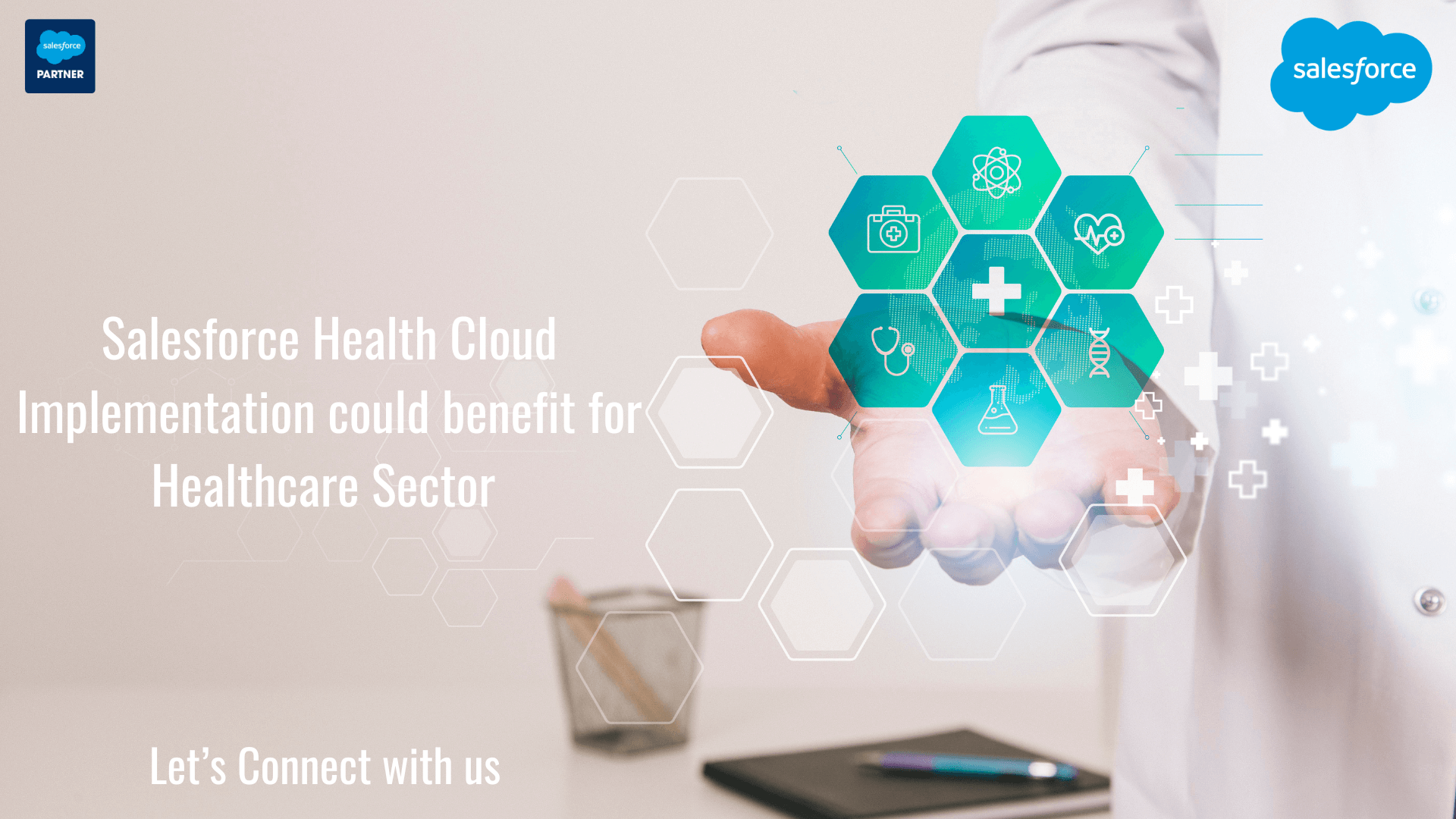
What Is Application Modernization, and Why Is It So Important?
Application modernization involves updating legacy applications by enhancing their internal architecture, platform infrastructure, and functionalities.

Ensure leadership-backed policies that align with SEBI’s CSCRF. Set the tone for compliance with board-level endorsement.
Detect, analyze, and respond to threats in real-time. Enable uninterrupted visibility into your IT environment.
Simulate real-world attacks with red teaming and drills. Validate your response playbooks under pressure.
Secure, tamper-proof backups ensure business continuity. Restore operations quickly with tested recovery plans.
Identify system weaknesses before attackers do. Maintain a proactive patching and hardening strategy.
Get audit-ready documentation at your fingertips. Avoid last-minute compliance rush with ongoing updates.




Application modernization involves updating legacy applications by enhancing their internal architecture, platform infrastructure, and functionalities.

Navigating the evolving terrain of the pharmaceutical and life sciences sectors requires a deep dive

Application modernization involves updating legacy applications by enhancing their internal architecture, platform infrastructure, and functionalities.
Salesforce Service Cloud is a customer service platform that helps organizations provide support across channels like phone, email, chat, and social media.
It enhances customer service with features like omni-channel routing, case management, a knowledge base, and automation tools to reduce response times and improve efficiency.
Yes, it offers robust integration capabilities through APIs, pre-built connectors, and apps from the Salesforce AppExchange.
It provides customization options like custom objects and fields, page layouts, Lightning App Builder, Apex, Visualforce, and Process Builder.